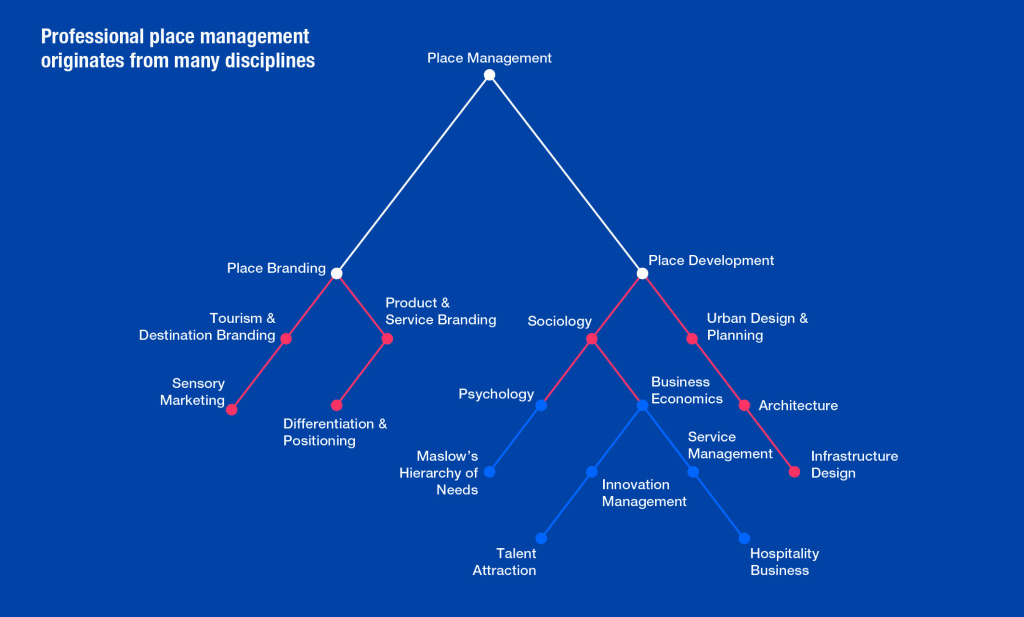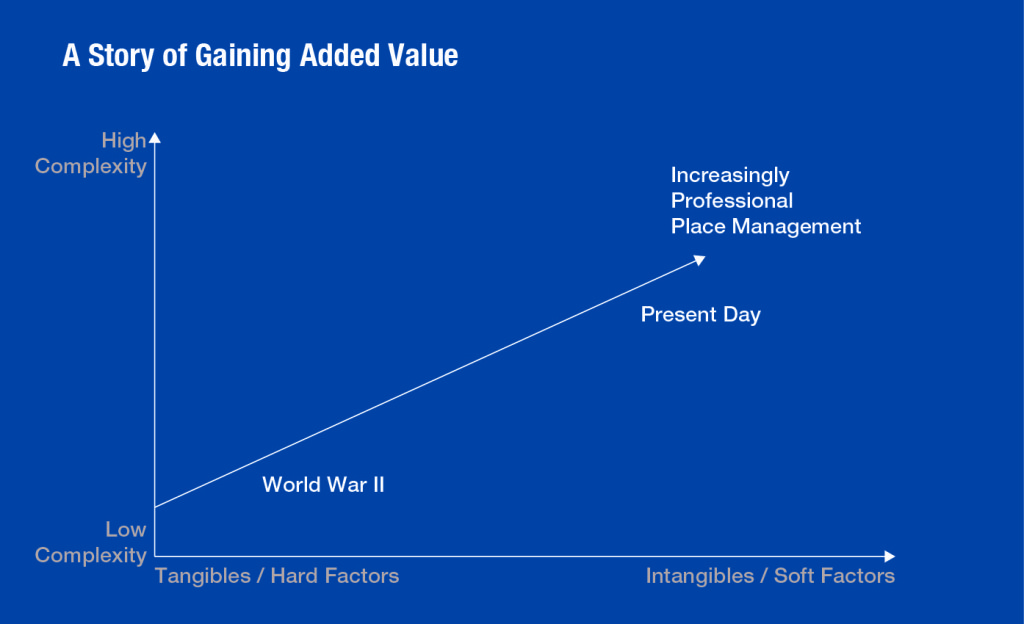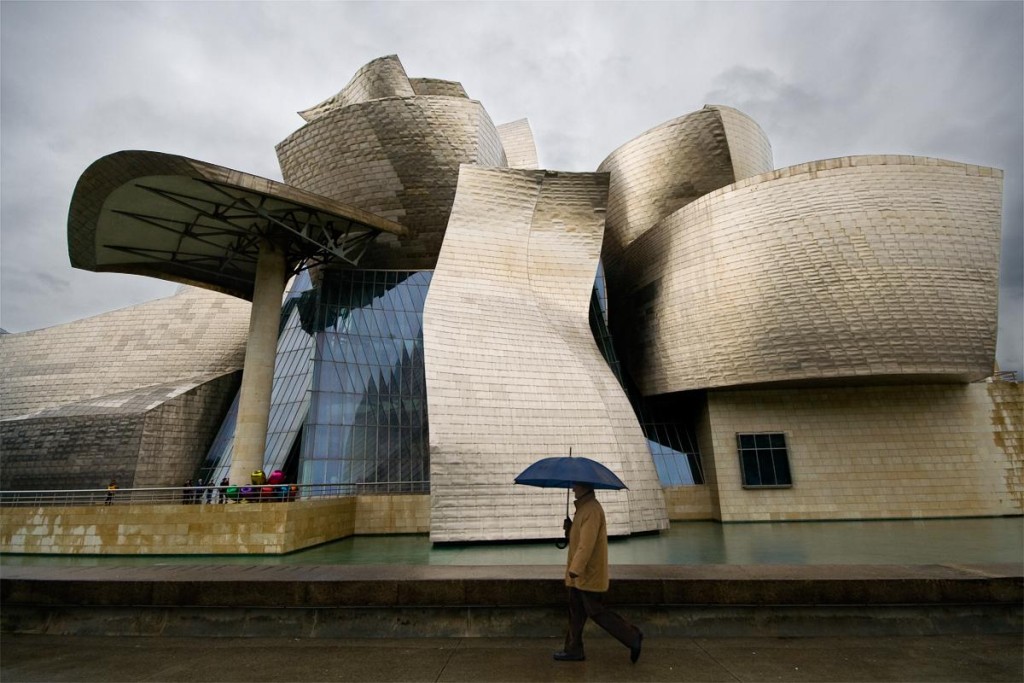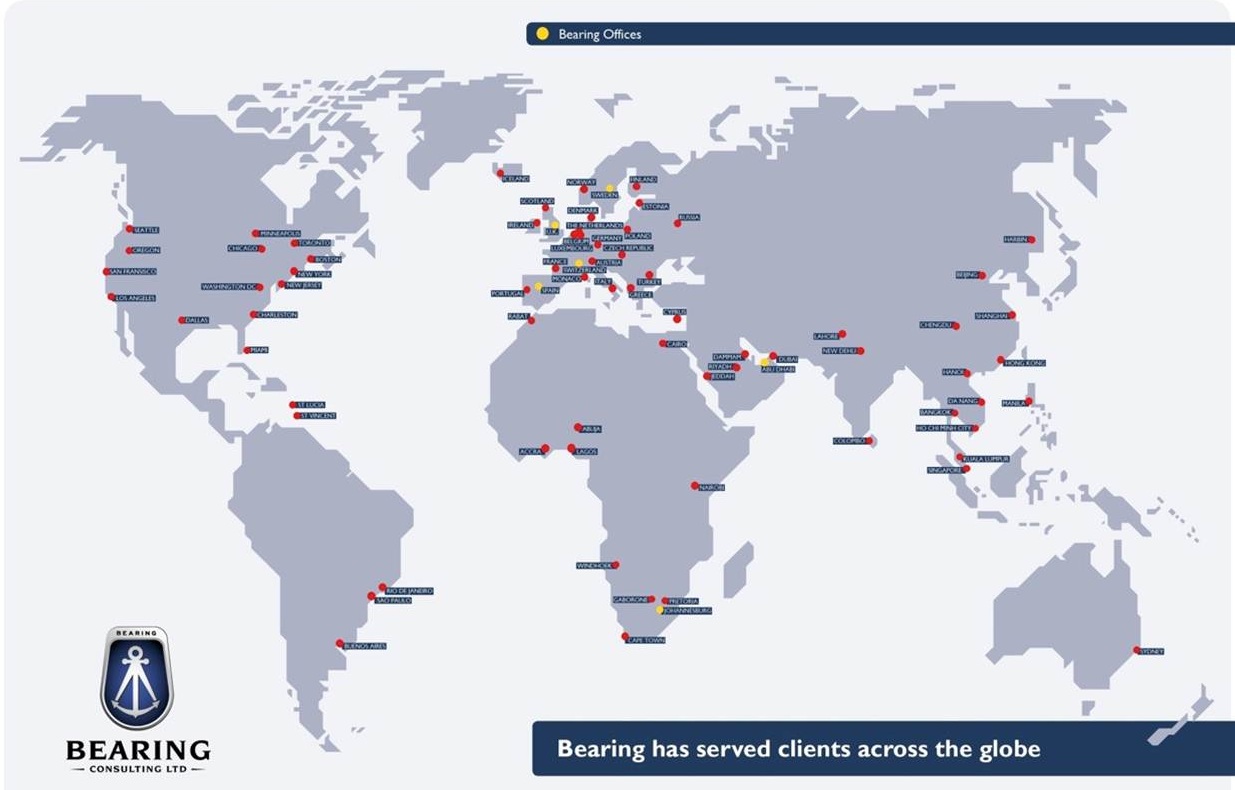In this interview, we engage with Jörgen Eriksson and Svetlana Masjutina, who bring their considerable expertise in place management and branding to the discussion. They offer insights into the strategic development of places, the role of leadership in successful branding, and the evolving challenges and opportunities in the field. This conversation provides a nuanced understanding of the key factors influencing the identity and growth of cities and regions.
Learn about:
- The importance of the place manager for the successful development of places;
- What is Place Excellence, and when is it achieved;
- Which macro trends influence place management today;
- Why place branding is best approached from a holistic economist viewpoint;
- Examples of places whose decline was reversed by innovative place branding;
- Which issues cities and regional authorities struggle most with regarding place branding.
Jörgen, Svetlana, a few words about your business, Bearing Consulting?
We are a niche boutique consultancy. Through our 15 years of experience across the world we have created our unique knowledge capital, which is well structured in our methodology and easily adaptable for new projects.
We share this knowledge through our blog and publications: articles, books and workshops as well as participation in business and academic conferences. We believe that sharing progressive ideas is a way to make this world better for all of us.
Our motto is “..because the execution of an idea is always more important than the brilliance of the thought..”, which is a quote from a Harvard Business Press book by Morgan, Levitt & Malek.
In 2011 Bearing Consulting published Place Management: New Roles for Place Managers in Rebuilding European Wealth (2011) – what motivated you to commission this book?
Having worked on the development of places globally, we saw the need for a book on this topic, and we wanted to document the experiences of the most experienced consultants in our team, as we were going through a generation shift in the firm around 2010-2012.
The historic lack of literature on place management may seem a paradox in the sense that places have been under management for centuries or even millennia. The management of places and their mix of inhabitants and industry have always had the attention of rulers, industry magnates and politicians, but there is a difference between keeping a place going and helping a place improve the lives of its citizens and stakeholders.
In a nutshell, what is the book about?
The book is about the importance of the place manager for the successful development of regions, cities and towns. This is crucial especially these days when governments have less control over economic development than they have had in the past, due to globalisation and the debt crises in many countries.
The book documents numerous examples of both good and not-so-good place management over recent decades. It is focused on Europe but the examples are global.
 The methodology framework presented in the book helps place managers achieve what we call Place Excellence: engaging stakeholders from all four sectors in working through and documenting the place vision, strategy, attraction factors, place brand, place management style, etcetera, resulting in concrete milestone-based place development plans.
The methodology framework presented in the book helps place managers achieve what we call Place Excellence: engaging stakeholders from all four sectors in working through and documenting the place vision, strategy, attraction factors, place brand, place management style, etcetera, resulting in concrete milestone-based place development plans.
In our view, Place Excellence is what can be achieved when the forces of place management, place development and place branding are working together in coordination toward the same, jointly accepted goals.
The book contains the basic tools for the methodology, together with additional in-depth methodology documents, white papers and work sheets.
Since we published the book, we have in fact reworked and enhanced our methodology for the post-crises world, and we aim to publish an updated book in the not-to-far future, where we will introduce much more work methodology than in the book from 2011.
The book has received much international recognition and for anyone interested in buying Place Management – New Roles for Place Managers in Rebuilding European Wealth, it is available via Amazon (kindle version).
Which macro trends (drivers) influence place management today?
The macro development that has changed the place climate during the past 50 years is fourfold. The first macro influence is that through globalisation and trade agreements, and especially in the European Union, national borders have eroded. They appear on maps, but are less and less felt elsewhere.
The impact of subsidiarity is the second macro influence. Subsidiarity is the concept for a strategy where matters should be decided as much as possibly at the local or regional levels.
National governments in Europe have simultaneously passed authority upwards to the European Union and downwards to regions and places.
 The third strong driver is the macro influences of commerce, advances in information technologies and how deregulation has allowed both to flourish and with them places.
The third strong driver is the macro influences of commerce, advances in information technologies and how deregulation has allowed both to flourish and with them places.
Lastly, the enlargement of Europe to the East has added new place opportunities and a refreshing dynamic to the old continent.
As a consequence, place management has developed during the last decades – away from simple quantifiable elements into complex attraction development. This means that besides hard factors, a number of subtle soft factors have gained in importance, where the clarity and crispness of the place brand has become increasingly important.
How does the work of a place manager differ from that of a place brander?
The Bearing Consulting Place Management approach is holistic – we understand place management as the overarching concept which encompasses numerous existing disciplines. Our approach to place branding is from a holistic economist viewpoint, rather than from the marketing discipline.
In our view, Place Management encompasses the brand and marketing aspects, using a management methodology for places – similar to the business management methodologies introduced by Peter Drucker and other management gurus in the 1960s.
Place branding is the process of image communication to a target market. Place branding together with place management and place development is an essential component of the Place Excellence concept.
The Place manager sets the scene, leads the process to find the place sweet spot and development strategy, and develops the unique attraction factors and components which the place brander can then use to develop the brand identity and core branding messages, which today often are developed through storytelling.

Place branders communicate the city message, channel its values and uniqueness to the three target markets. In practice, the difference between the place manager and the place brander is becoming increasingly blurred.
To give an example, we are currently procured for a project to develop an updated regional innovation strategy for a knowledge intense mid-size region in Europe. The project is a two-year activity, and through our work, we help to identify the future smart specialisation and development strategies that can achieve the political goals of the regions development by 2050. As an add-on project, we were recently hired to analyse and define also the region’s main city´s place brand, and together with a marketing team, copywriter and graphic designer will prepare the new city brand.
How have the tasks and challenges of place branders and managers changed in the last four years?
Today we live in a time that for some means post-crises and austerity with shrinking economies and crumbling welfare systems, and for others means unprecedented growth and surplus funds to spend and invest.
What differs from earlier pre-crises times, is that old trends and paradigms are broken.
The advanced economies, especially in Europe and Japan, are in dire straits, and the emerging economies suddenly seems to be leading the development in the world.
In China, urban city planning is reaching unprecedented ambitions. Singapore reboots as the first Smart Nation. In Europe, the city of Lodz is completely redeveloping the centre, but still preserving the cultural heritage. In Africa, Nairobi has become a world-leading-hub of Apps development.
Something new is happening and it is important for place managers across the world to understand what is going on and where it may lead.

In Europe, new deals to develop smart competitiveness are pushed forward relentlessly by the European Union, eager to re-ignite economic growth before the debt mountains overwhelm the European national economies.
Recent – and perhaps lesser known – developments in the place management area are methodologies for how to use specialisation smartly, how to work with fact based place branding through storytelling in the language of the Millennials, and how to leverage infra-structure investments through new financial models.
Which place branding trends do you observe?
Place branding today is seen more as a design thinking process. Contemporary trends in place branding begin with ways of thinking, not new technologies, and each trend encompasses a number of tactical flavours.
The main, ongoing trend is to focus more on soft factors than on hard factors in order to gain added value. In addition, concepts like platform thinking, participatory culture, co-creation, and value-driven brand utilities all find place in modern place branding.
Do you have examples of places whose decline was reversed by innovative place branding?
One of the most obvious examples is Bilbao in the Basque region of Spain, which has reinvented itself as a tourist destination after the collapse of its economic base. In this regard, the brand image of Bilbao, with the Guggenheim Museum, has been used to manage the regional competitiveness and attract tourists in order to reactivate the economy of the city. It worked spectacularly well. Bilbao received 25,000 tourists in 1995 and reached over one million visitors in 2012. [not least thanks to place marketing guru Philip Kotler – learn how he was involved in Bilbao’s rebranding].

The expansion of Bilbao Airport to cater for budget airlines, like EasyJet, Air Berlin, Eurowings, Vueling and Norwegian, helped to facilitate the inflow. This shows the importance of place management in coordination with place branding. You’ll find many more examples in our Place Management book.
Which issues do city and regional authorities struggle most with regarding place branding?
Almost all change and all success in place branding, corporate branding and so on, is the leadership challenge to get everyone to communicate with consistency and send a consistent message about a place to external and internal world.
In place branding, as elsewhere in business and management, people underestimate the importance of visionary leadership.
Which are the main macro trends cities face today, and how do they affect place managers and branders?
To survive globalisation, cities and places must have a well-constructed, unique and competitive brand. This remains the core task for place managers and branders at all times. In order for a town to be a good brand, it must possess defining and distinctive characteristics that can be readily identified.
These characteristics are functional as well as non-functional qualities, tangible as well as non-tangible, including appearance, people’s experience of the place, people’s belief in the place, what the place stands for and what kind of people inhabit the place.
Most great cities and towns have a brand that has developed organically. Branding a city is not just about the logo but the intricate details — as small as clean streets and as deep as encouraging the town’s residents to feel proud to be brand ambassadors. When citizens are proud, visitors are involved to find out what the fuss is all about and then tell the world.
Thank you.
Connect with Jörgen Eriksson and Svetlana Masjutina on LinkedIn.
Enjoyed our interview with place management experts Jörgen Eriksson and Svetlana Masjutina? Spread the word!


